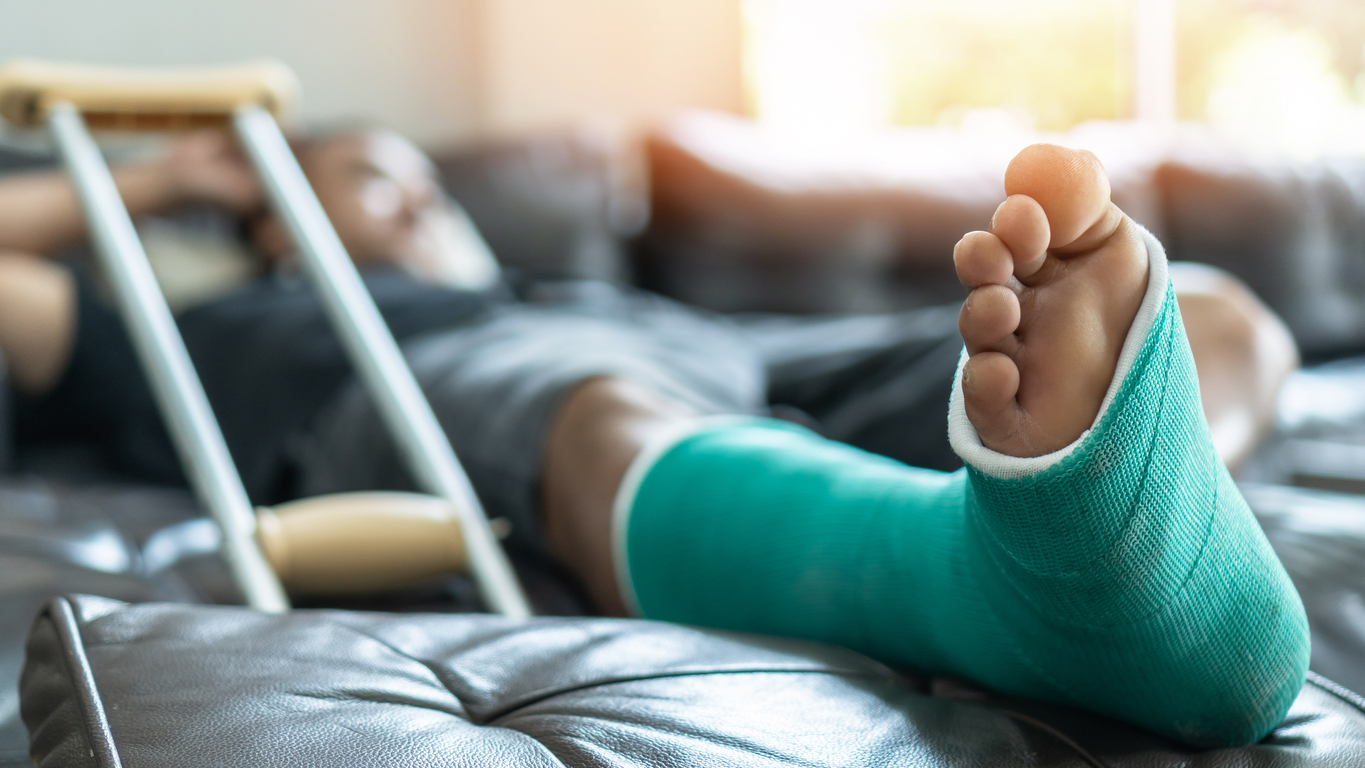How well do you know the common stroke symptoms? A stroke is an emergency, which most people in the modern information-driven age know, prompting them to research and understand the common symptoms. While it mostly happens suddenly, stroke’s common symptoms include trouble understanding or communicating, vision problems, severe headache, dizziness, numbness, or weakness, mostly one side of the body, mainly the face, leg, and arm. Knowing this can help you take relevant measures, including contacting or rushing a loved one to White Rock VNS for immediate attention.
Today, you can even opt for programs tailored to monitor your condition and stay connected to a healthcare professional. This is an innovative solution, especially if you have had a stroke or are at high risk. A stroke occurs when your brain is deprived of blood, referred to as an ischemic stroke. Ischemic stroke is the most common and is caused by a blocked artery, primarily due to plaque build-up or blood clots.
A stroke can also result from sudden bleeding in your brain, which is referred to as a hemorrhagic stroke. This is caused by burst blood vessels in the brain. The blood spills to the nearby tissues, which leads to pressure build-up. The pressure can cause further damage and cause irritation, emphasizing the need for immediate attention.
The brain requires uninterrupted blood flow, ensuring it is constantly replenished with nutrients and oxygen. An interruption, even for a short while, can cause serious problems as the brain cells start to die within minutes, making stroke an emergency. Here is a glance at some of the common stroke risk factors.
Health conditions
Health concerns, especially those that impact your cardiovascular wellness, puts you at high stroke risk. The common include diabetes, high blood pressure, heart disease, and high LDL cholesterol. Managing such health conditions can facilitate better blood flow, reducing stroke risk.
Lifestyle
Do you lead a sedentary life, are a smoker, and consume excessive alcohol and other illegal drugs? Such lifestyle choices increase stroke risks. The habits also impact your cardiovascular health, worsening your health before or after a stroke. Embracing healthier habits, including limiting alcohol consumption, and physical activity, quitting smoking and illegal drugs, and embracing a heart-healthy diet can reverse the situation.
Age
As you age, your whole body takes a blow. This is more so considering the stress experienced over the years. After 55 years, you are at increased risk of stroke, which keeps growing with every decade lived.
Family history
Stroke can run in families. This is seen mostly considering hereditary predisposing factors, including high blood pressure, cholesterol, and glucose. The worst part; if you have had it, you are at an increasingly high risk of experiencing another stroke.
Gender
Stroke is more prevalent in men than in women. However, it is more severe in women, causing more deaths than in men.
A stroke episode can be traumatizing. Even worse, it can cause severe damage, leaving you with disabilities. Stroke can affect your ability to control your bladder and bowel, body function, move, speak, think, eat, and emotions, to name a few concerns. As such, taking measures to reduce the risk is critical. Visit RHBNeuro for more information on stroke, prevention, monitoring, management, and treatments.





